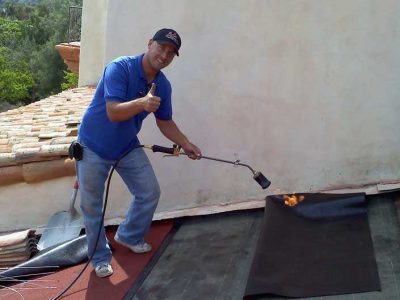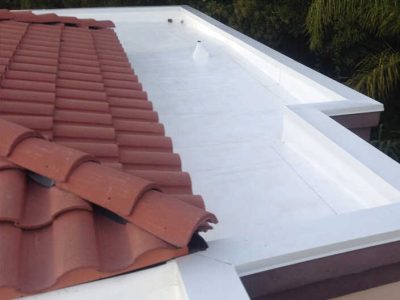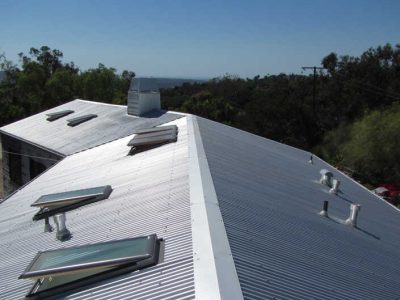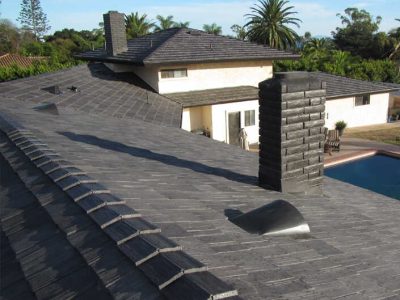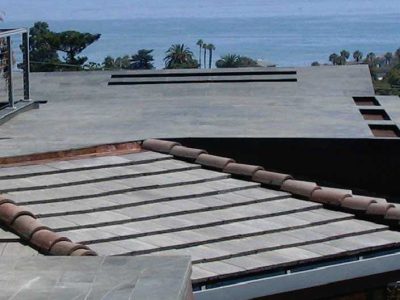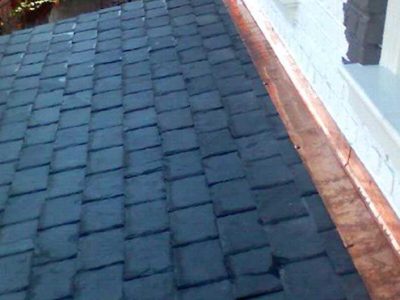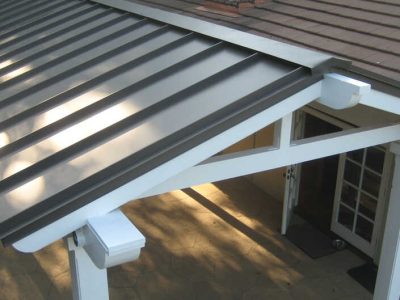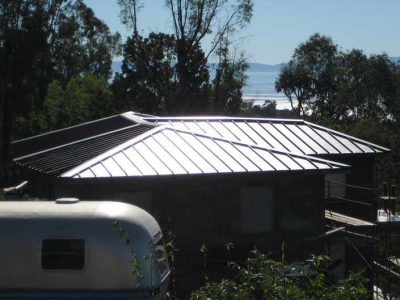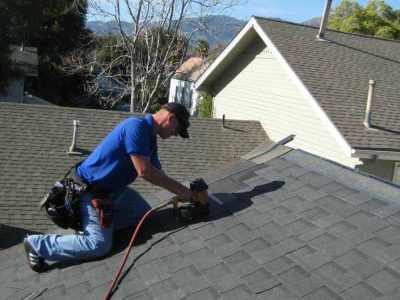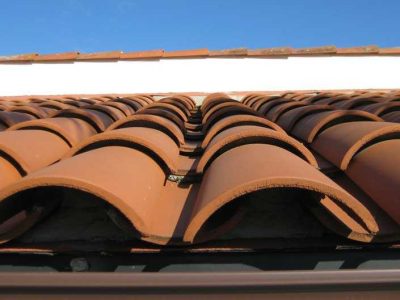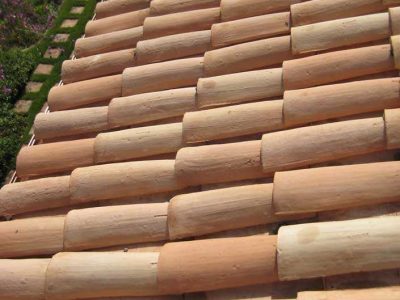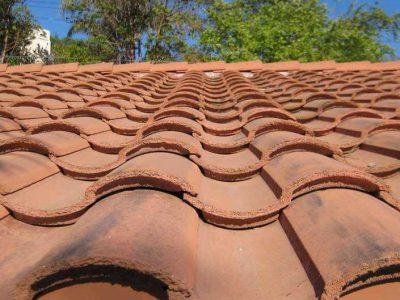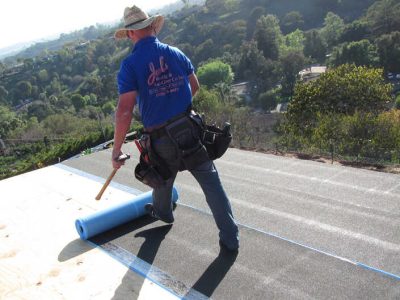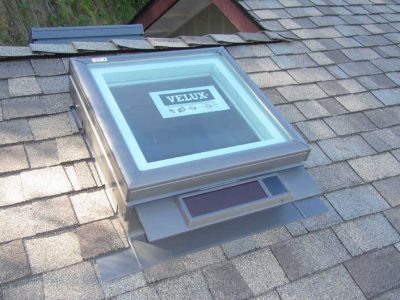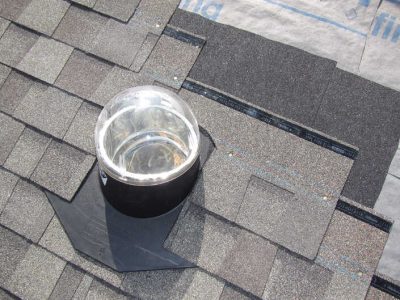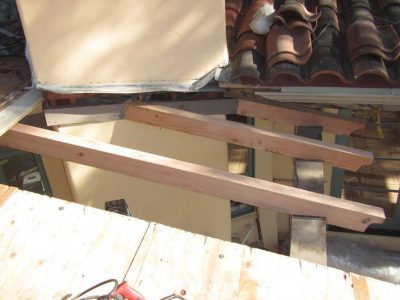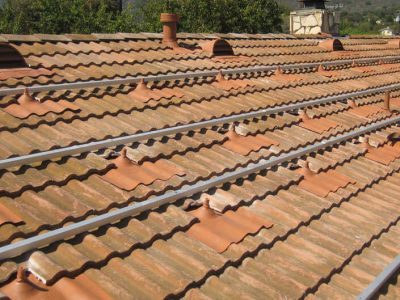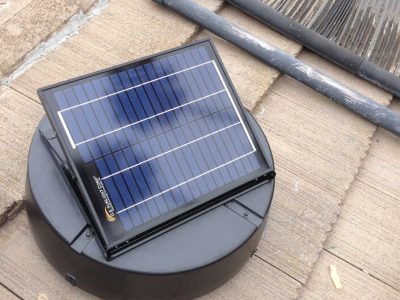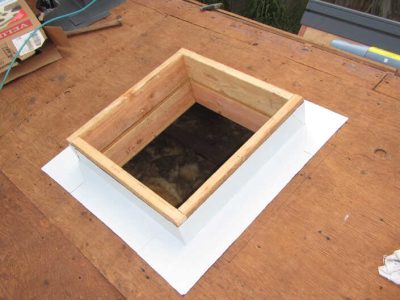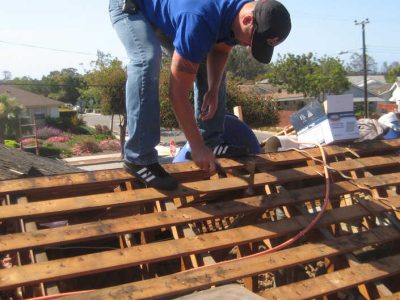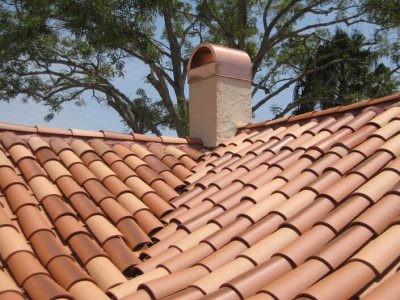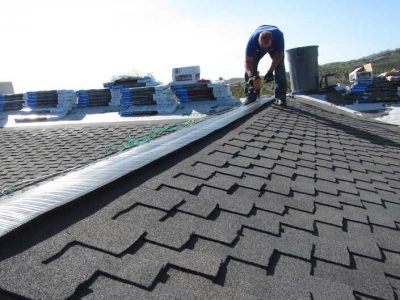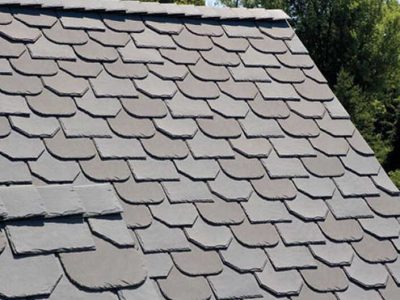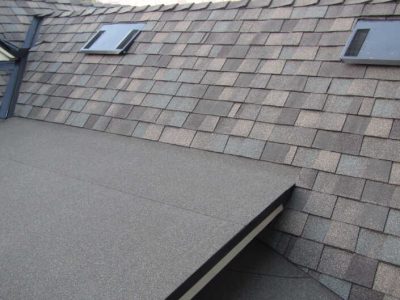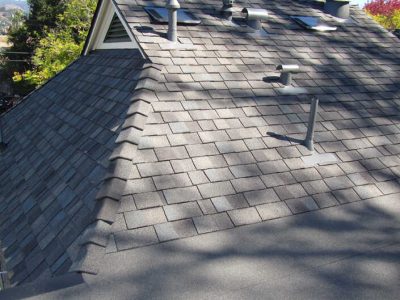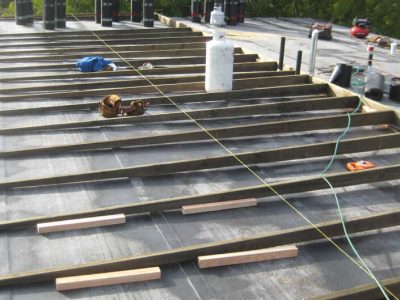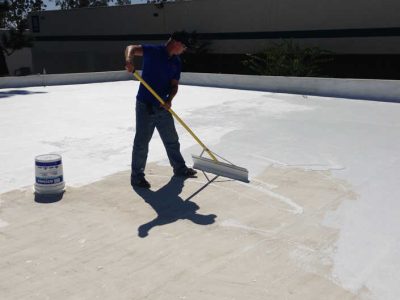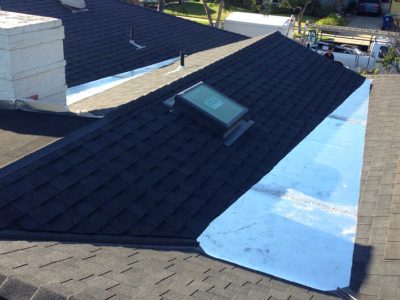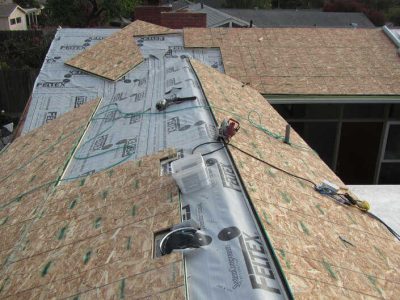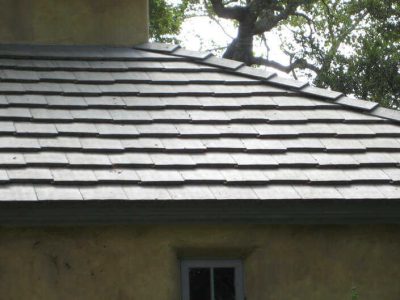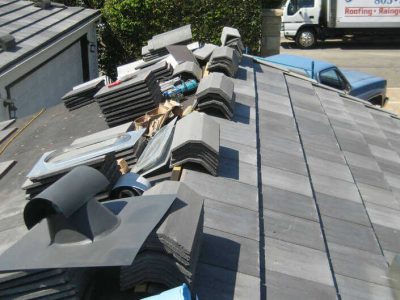Expert Roofing Services by Joel's Roofing & Rain Gutter Co Inc.
Premium Roofing Solutions for Every Need
At Joel's Roofing & Rain Gutter Co Inc., our expertise in roofing encompasses a vast range of materials and styles, including shingle, tile, metal, and PVC roofs. Our comprehensive roofing services are designed to meet the diverse needs and preferences of our clients, ensuring that every project we undertake is executed with precision and excellence. Whether you are looking to repair, replace, or maintain your roof, our team of skilled professionals is equipped with the knowledge and tools needed to deliver top-notch service.
Roofing Products
Shingle Roofs: A Classic Choice
Shingle roofs are a popular choice among homeowners for their aesthetic versatility and reliability. As a seasoned shingle roof company, we offer a wide selection of colors and textures that can seamlessly match any home’s architectural style. Shingle roofs are known for their durability and cost-effectiveness, making them an excellent choice for anyone looking for a balance between quality and value. Our team provides comprehensive shingle roofing services, from installation to maintenance and repair, ensuring your roof remains in pristine condition for years to come.
Tile Roofs: Elegance and Longevity
Tile roofing is renowned for its longevity and unique visual appeal. As a tile roof company with extensive experience, we specialize in delivering high-quality tile roofing solutions that not only enhance the beauty of your property but also offer exceptional durability and protection against the elements. Tile roofs are ideal for those looking for an energy-efficient roofing option that maintains a comfortable temperature within the home, regardless of the weather outside. Our expert team can guide you through the variety of styles and materials available to find the perfect tile roof that meets your specifications.
Metal Roofs: Modern and Efficient
Metal roofing has gained popularity for its modern look, longevity, and energy efficiency. As a specialized metal roof company, Joel's Roofing & Rain Gutter Co Inc. offers a range of metal roofing options that are both lightweight and durable, capable of withstanding severe weather conditions while providing a sleek aesthetic to your property. Metal roofs are also known for their fire resistance and low maintenance needs, making them a smart choice for anyone looking to invest in a long-lasting roofing solution.
PVC Roofs: Innovative and Versatile
PVC type roofs represent the cutting edge in roofing technology, known for their strength, waterproof qualities, and adaptability to various roof shapes. As a PVC roof company, we pride ourselves on installing high-quality PVC roofing systems that offer superior protection against water infiltration and UV damage. PVC roofing is an excellent choice for flat or low-sloped roofs, where traditional materials might not perform as well. Our team is adept at installing, repairing, and maintaining PVC roofing systems, ensuring that your property benefits from this innovative roofing solution.
Choose Joel's Roofing & Rain Gutter Co Inc. for Your Roofing Needs
Choosing Joel's Roofing & Rain Gutter Co Inc. for your roofing project means opting for a team that is committed to excellence, quality, and customer satisfaction. With our comprehensive range of roofing services and materials, including shingle, tile, metal, and PVC roofs, we are equipped to handle any project, big or small. Our dedication to providing durable, aesthetically pleasing, and efficient roofing solutions makes us the trusted choice for homeowners and businesses alike. Contact us today at (805) 563-8970 or fill out the online form to discover how we can enhance the safety, beauty, and value of your property with our expert roofing services.

